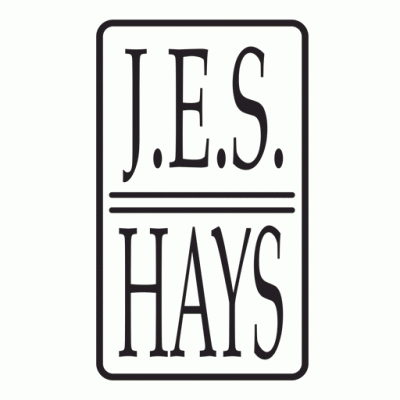Sandi Ault is a great teacher! This session shared some of the tricks and tips of the screenwriting trade which can translate to novel writing.
There are four design elements you need to start your story with:
- WHO: an intriguing protagonist/premise/cause/theme
- WHAT: an opposing premise, antagonist or battle that creates conflict
- WHY: a goal; something the protagonist wants, something your idea or premise seeks to achieve or highlight, an objective to be achieved by the work or the characters within it
- WHAT IF: the stakes – what’s at stake if #3 isn’t achieved?
Next, build up some “beats” around these four pillars:
- Premise or Dramatic Theme Stated – dramatically defines the theme of your work
- Flesh-out or Set-up – introduces additional characters, ideas, premises, key facts, etc.
- Catalyst or Trigger – the event or idea that changes everything
- Upward Momentum – advances the theme/plot/premise and introduce additional obstacles that must be overcome
- The Post-Catalyst State – when the event or idea changes everything, what are things like now?
- Raise the Stakes – the idea/premise/concept/dramatic theme heats up even more and the arc of th work advances sharply upward
- The Wolf at the Door – design the platform for the worst0case scenario and people it with your antagonist or oppositional ideas
- Christ on the Cross – the moment when it’s all over, or seems to be – your idea/premise/protagonist seems to be totally defeated
- Redemption – the solution!
- Finale – change has (or will) occur, obstacles have been overcome, and everything is tied up
You can also have a false redemption, where things seem to be resolved, but actually get worse – or a cycle of false redemption/raise the stakes leading up to the wolf at the door scene.

